Who can tell what future has in store for the humanity? How will our life change? Surely big changes await us, and soon. For example, the fuel we use: now it's mostly oil and gasoline and some other sources like methanol, ethanol, ammonia, hydrogen, compressed air and gas. The scientists have come out with a greatest idea of using the wastes for a fuel! It seems there are many sources of making fuel – we just have to master and populate them. Some of them are not pretty, to be sure, but besides the fact that they will help us with the lack of resources problem, they can also help the environment and our budget. Check out the craziest list of fuel sources!
Chocolate Fuel? Easy!
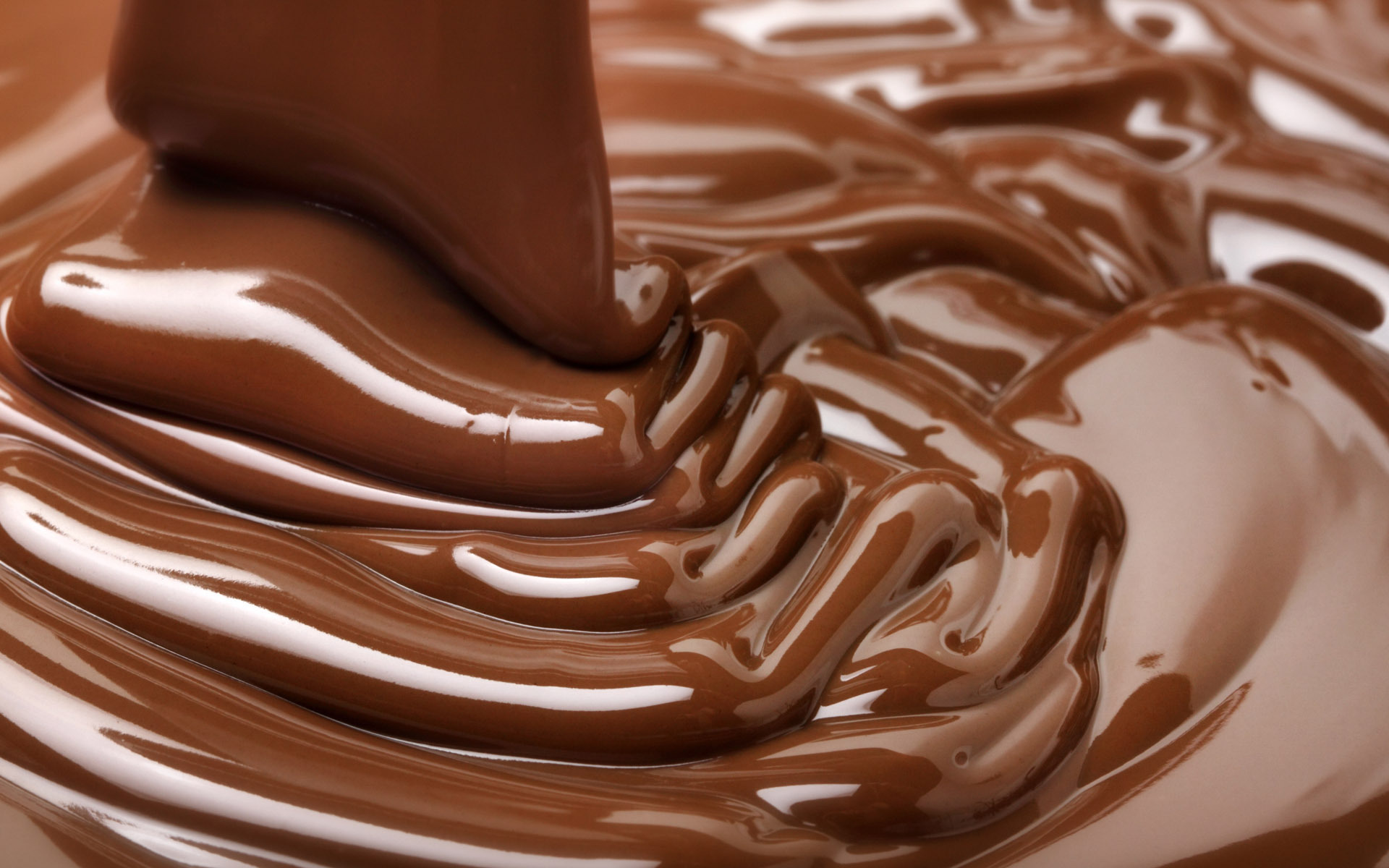
Is it possible to run your car on chocolate bar? Soon! A promising team from the University of Warwick in Britain has built race car that runs on 30% biodiesel made from chocolate waste. James Meredith, the leader of the project announces that: ''Anything with a fat in it can be turned into diesel, and that's what we've managed to do."
Used Diapers: The Freaky Yet Budding Source
Scientists claim they can make diesel fuel from them by pyrolysis process. A Canadian company called AMEC is in the process of building a factory in Quebec that will process the plastics, resins, fibers (and the used diaper's content) into a mix of gas, oil and char.
The company hopes to take in 180 million diapers a year - a quarter of Quebec's output -- to produce 11 million liters of diesel. Considering that diapers can take 100 years to decompose in a landfill, turning them into domestically produced fuel seems a good alternative.
Sawdust, Wood Chips... Nuts?!
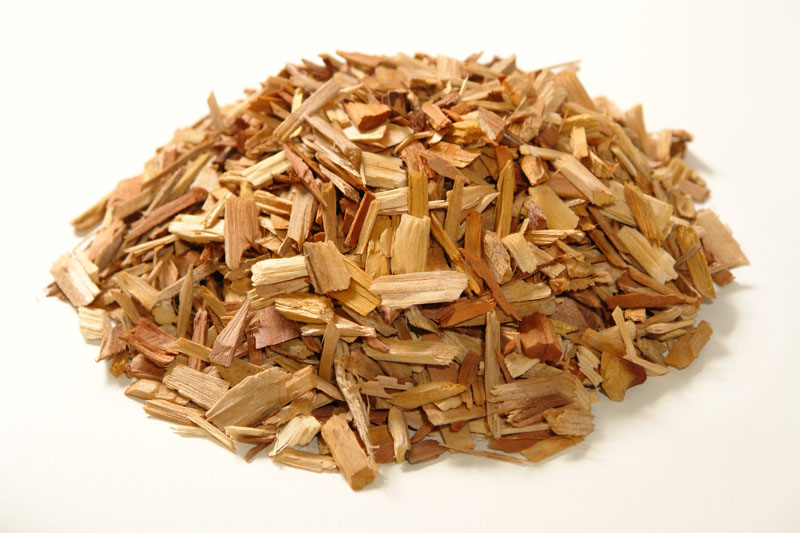
Who knew that even wood chips and sawdust could be used as a source for producing fuel? But it is true, nevertheless! Companies around the country are making experiments to make it work and they are successful this far! Tom Price, one of the researchers, shares: ''Specifically, we're making carbon-negative, open-source fuel from basically garbage''.
This method was applied earlier in history, during World War II, when gasoline was unobtainable in Europe, there were more than a million cars using gasification technology – turning coal and wood chips into gas for internal-combustion engines. They have also tried to use walnut shells, which produce the potent greenhouse gas methane.
Mooo Power: High-Octane Gas
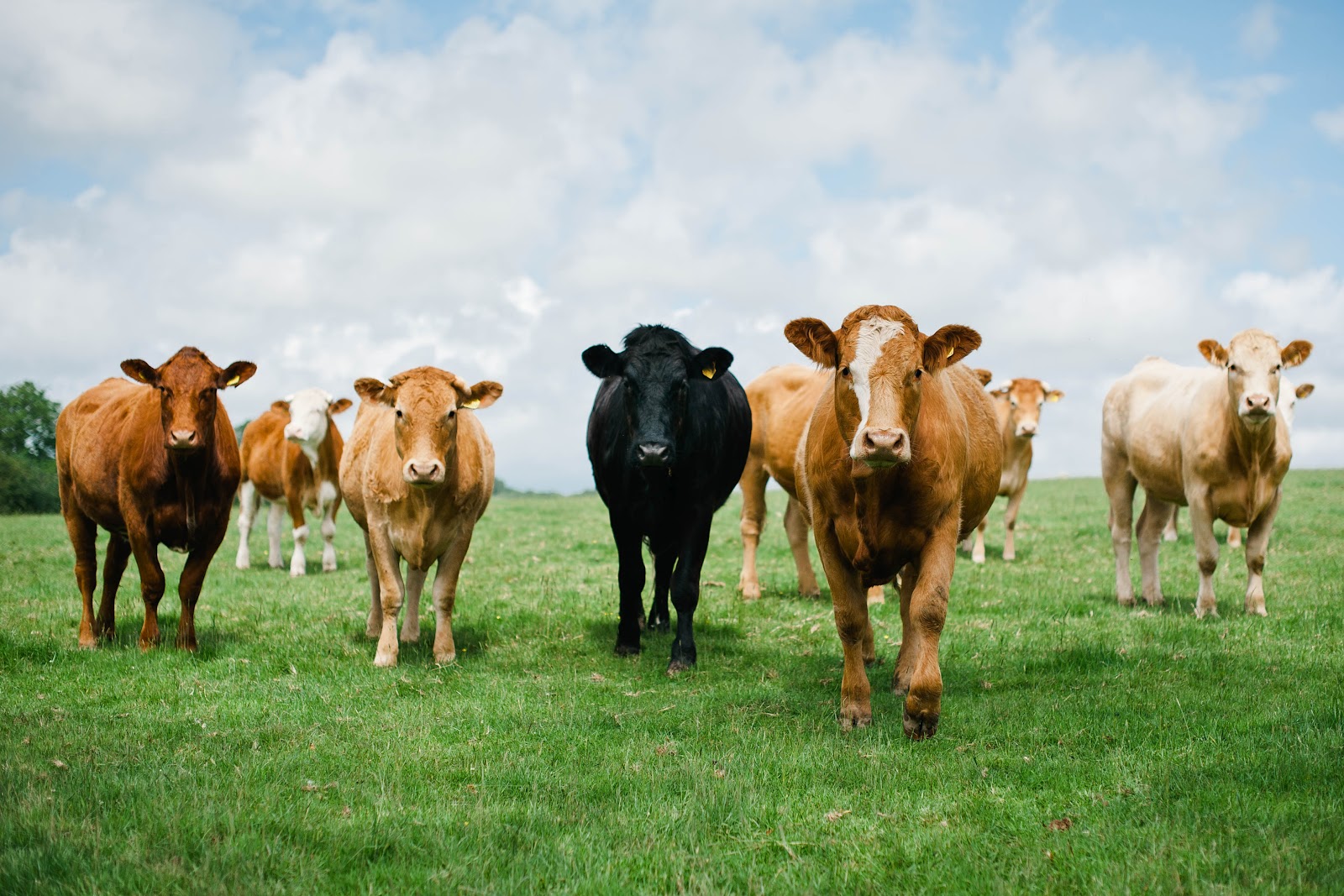
Did you know that it's the livestock industry who's responsible for 18% of global warming emissions – that's more than transportation worldwide! Shocked?
The reason to say so is that they produce methane – lots of it – and it is a global warming gas that is 23 times more potent than carbon dioxide. The cows manage to generate 50 to 130 gallons of methane every day. Hm... Not bad if we could use that as a fuel, since methane burns very well! That same thought occurred to some creative dairy farms in Vermont, like Blue Spruce Farm, where they are putting their cow waste in sealed canners for three weeks, where it produces methane, which is then being burnt in generators to produce electricity and fuel.
Fat to Fuel

There is a cosmetic surgeon at Beverly Hills, Dr. Craig Alan Bittner, who discovered a way of using the leftover fat from the multiple liposuctions (more than 7,000) he has conducted. He saved it and turned it into biofuel for his Ford SUV and his girlfriend's Lincoln Navigator. "The vast majority of my patients request that I use their fat for fuel," he claims.
A gallon of fat can be turned into a gallon of biofuel, but the fact that it's illegal is a minor retaining, though.
The Coffee Grounds
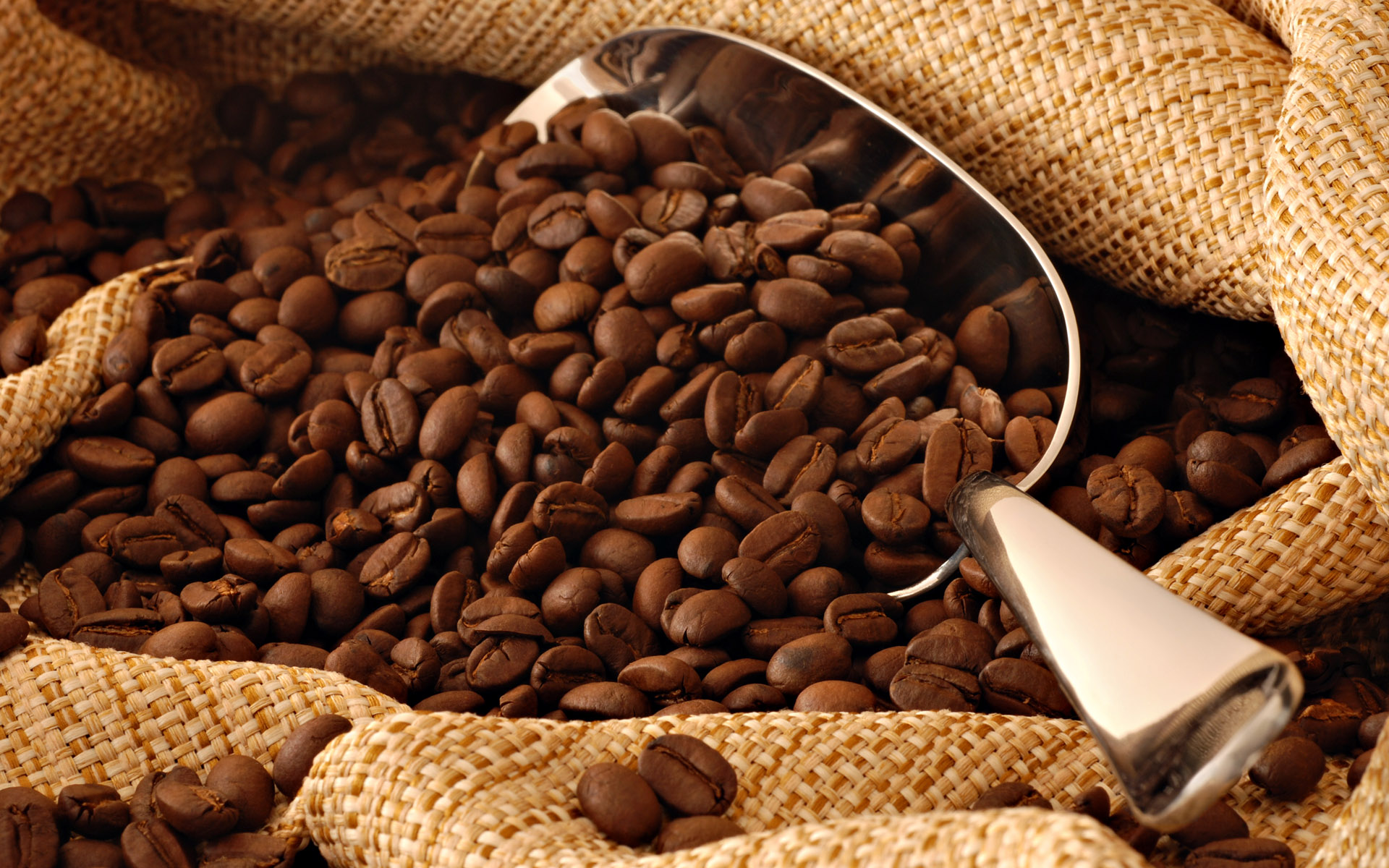
Coffee grounds is an unwanted waste product that is known for the long time it takes to biodegrade. But now they are going to be recognized and for something helpful, too! It is proven that coffee contains 10 to 15% of usable oil that can be refined into a biofuel. Susanta Mohapatra, a University of Nevada, Reno, researcher, says: "We can definitely make a big impact on our environment with fuel made out of nature." Her team raided Starbucks to find the "feedstock" for the coffee fuel.
Plastic Cups in Your Tank
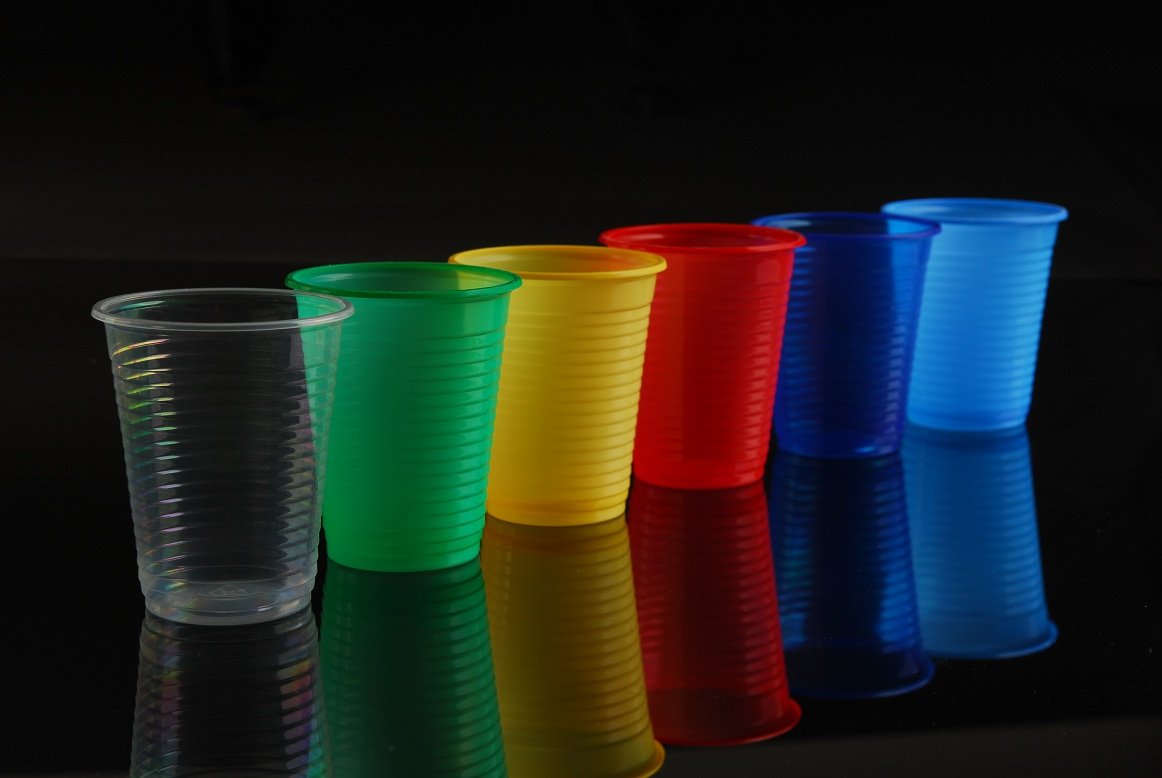
Polystyrene (used to make disposable foam plates and cups) is very lightweight but also bulky, so it's difficult and expensive to send out for recycling. But Robert Malloy of the University of Massachusetts, used polystyrene coffee cups will make a great fuel component. The studies has shown that polystyrene melts quickly in biodiesel, and fuel that is as much as 5% coffee cups does quite well. The process isn't perfected yet, but the scientists are working on that, so we can predict cool changes in the fuel system soon.
Thus, in the nearest future we can expect big changes come to life! Wouldn't it be great if we could make wasted by-products serve our purpose, and so effectively, too? There would be no more need to drain Earth of its last resources of oil: instead we could help it by converting our polluting wastes into something we need! From chocolate to sawdust, these weird fuels have the potential to get us off oil.











